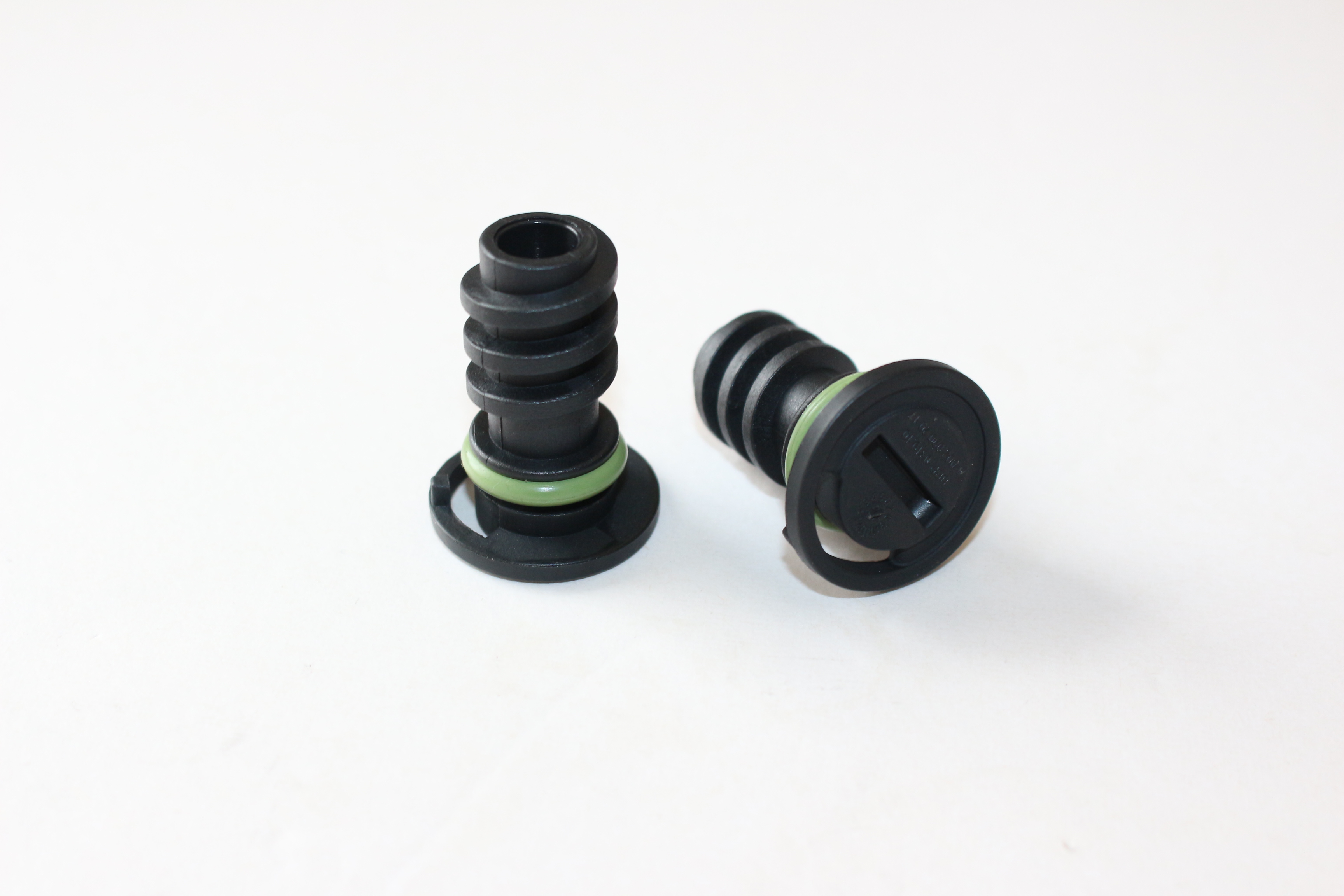Understanding Rotary Shaft Seals and Their Importance in Mechanical Applications
Understanding Rotary Shaft Seals Essential Components for Machinery
In the realm of mechanical engineering, rotary shaft seals play a critical role in ensuring the efficiency and longevity of various machinery. Often overlooked, these seals are indispensable components designed to prevent the leakage of fluids and contaminants while allowing the rotational movement of shafts within equipment. This article delves into the functionality, types, applications, and importance of rotary shaft seals in industrial operations.
What is a Rotary Shaft Seal?
A rotary shaft seal, also known as a lip seal or oil seal, is a sealing device that fits around a rotating shaft to provide a barrier between the environment and the internal workings of machinery. These seals are typically made from elastomers or synthetic materials and are engineered to withstand specific temperature ranges, pressures, and types of fluids. The primary function of a rotary shaft seal is to retain lubricants and prevent the ingress of dirt, water, or other contaminants that could compromise machinery performance.
How Do Rotary Shaft Seals Work?
Rotary shaft seals operate on the principle of contact between the seal lip and the shaft. The sealing lip is designed to exert a certain amount of pressure against the shaft's surface, creating a tight fit that prevents leakage. The design allows for a minimal amount of lubrication to remain while also preventing outside elements from entering the system. The effectiveness of these seals is crucial; any compromise could result in premature wear of internal components, leading to machinery failure.
Types of Rotary Shaft Seals
There are several types of rotary shaft seals, each catering to different applications and operating conditions
1. Single-lip Seals These are the most common type, featuring a single sealing lip that contacts the shaft. They are effective for many standard applications but may not be suitable for high-pressure or extreme conditions.
rotary shaft seals

2. Double-lip Seals These seals include two lips that provide an extra layer of protection against contaminants. They are ideal for applications where exposure to severe environmental conditions is common.
3. Spring-loaded Seals Incorporating a coiled spring, these seals maintain consistent pressure against the shaft, accommodating wear and maintaining sealing integrity over time.
4. PTFE Seals Made from polytetrafluoroethylene, these seals offer excellent resistance to chemicals and high temperatures, making them suitable for specialized applications in pharmaceuticals and food processing.
Applications of Rotary Shaft Seals
Rotary shaft seals are ubiquitous in various industries, including automotive, manufacturing, aerospace, and marine applications. They are found in gearboxes, pumps, motors, and hydraulic systems. In automotive applications, for example, they seal engine components to prevent oil leaks, which can lead to significant mechanical failures. In industrial machinery, these seals ensure the efficient operation of equipment by preventing contamination, thus extending service life and reducing maintenance costs.
Importance of Rotary Shaft Seals
The importance of rotary shaft seals cannot be overstated. They are crucial for the efficient operation of machinery, contributing to energy savings, reduced maintenance costs, and enhanced reliability. By preventing leaks, they help maintain optimal lubrication within systems, reducing friction and wear. Furthermore, effective sealing helps to keep contaminants out, protecting sensitive components and ultimately leading to safer and more efficient machinery.
Conclusion
In conclusion, rotary shaft seals are vital yet often underestimated components of mechanical systems. Understanding their design, function, and applications is essential for engineers and technicians who aim to maintain high-performance machinery. Selecting the appropriate seal for a given application can lead to significant improvements in operational efficiency, prolonging the lifespan of equipment and safeguarding the investment in technology. As industries continue to evolve, the importance of reliable sealing solutions will only grow, highlighting the need for ongoing innovation in rotary shaft seal technology.
-
Understanding the Front Main Engine Seal: Purpose, Maintenance, and Installation
News Jul.29,2025
-
Understanding O-Rings and Seal Rings: Types, Applications, and Custom Solutions
News Jul.29,2025
-
Understanding Crankshaft Oil Seals: Rear Seals, Pulley Seals, and Their Role in Engine Integrity
News Jul.29,2025
-
The Importance of Front and Rear Crankshaft Seals in Engine Performance and Oil Management
News Jul.29,2025
-
Crank Oil Seals: Functions, Types, and Cost Considerations in Engine Maintenance
News Jul.29,2025
-
A Comprehensive Guide to O-Rings and Seals: Types, Materials, and Global Applications
News Jul.29,2025
-
Mastering Diesel and Performance Engine Maintenance: A Guide to Critical Oil Gaskets
News Jul.28,2025
Products categories















